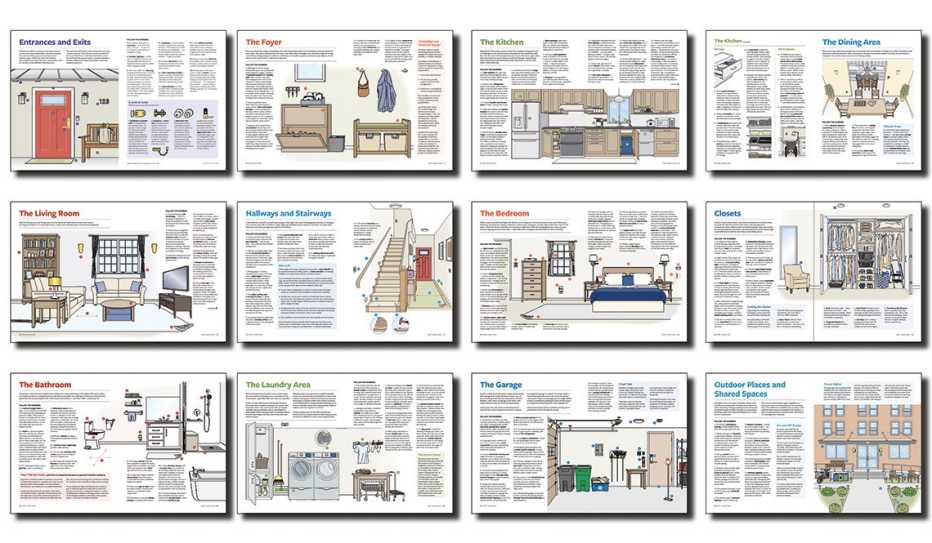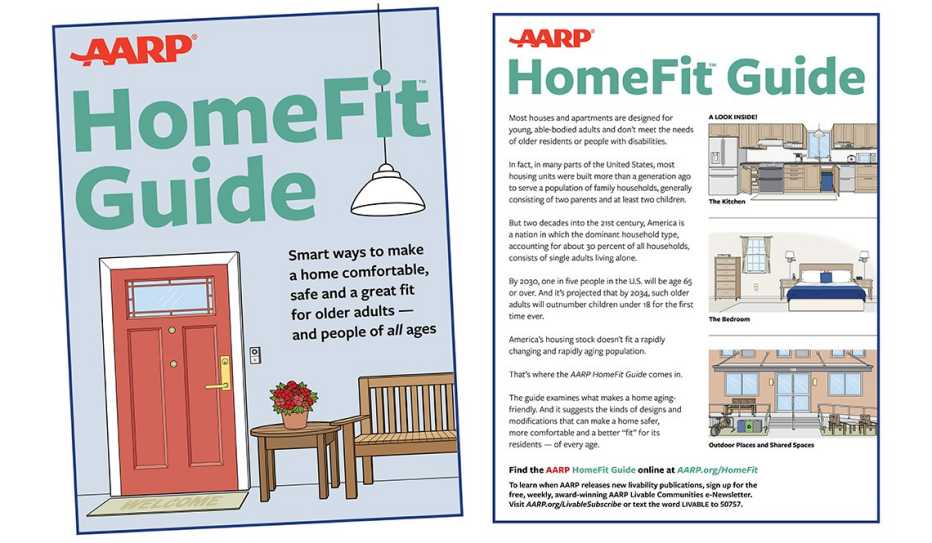AARP Hearing Center
A dark hallway can lead to unwelcome bumps in the night, the result of banging into furniture or tripping over random items left on the floor. Proper lighting, handrails and an absence of clutter can make halls, staircases and other passageways safe for all residents.
Share this video via YouTube
Get a Lift with a Home Elevator
When single-story living is needed but not possible, a stair chairlift can be a practical and safe mobility solution. A home elevator, increasingly available at a variety of price points, is another solution.
To fit an elevator into a home, one option is to convert stacked closets (e.g. one on the first floor, the other above or below it) into an elevator shaft. A shaft can also be attached to the exterior of a house and situated so the elevator doors open into the residence. Other tips:
- If a new home is being built, it’s smart to include a pair of stacked closets so an elevator can be installed at a later time if necessary.
- Another new construction solution is to build staircases so they’re 42 inches wide. That allows two people to use the stairs while walking side by side, as might happen when one person is needed to help the other manage the steps.
- Installing electrical outlets at the top and bottom of a staircase during a home’s construction will reduce the cost and complications of adding a motorized chairlift in the future, if one is ever needed.
- Stair chairlifts can be purchased used, which greatly reduces the price. Home elevators and stair chairlifts aren’t inexpensive, but they can be a better and more affordable choice than relocating. Each option costs much less than moving into an independent- or assisted-living facility.
AARP HomeFit Videos


AARP HomeFit Guide






























































